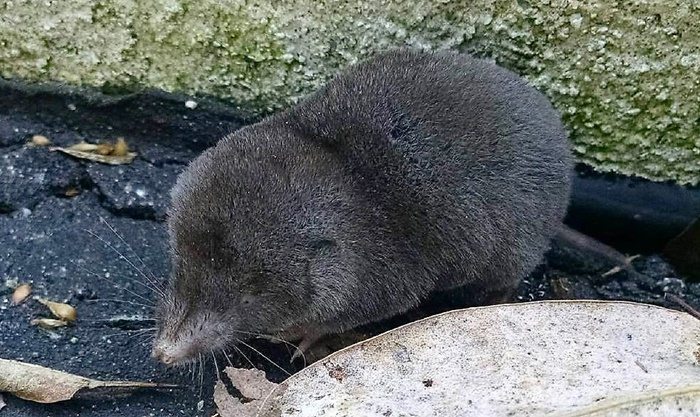 Moles are a common problem in yards and gardens in the area and can be tricky to remove unless you know how to get rid of moles using proper mole control techniques.
Moles are a common problem in yards and gardens in the area and can be tricky to remove unless you know how to get rid of moles using proper mole control techniques.
How to Identify a Mole Problem
When you have a mole problem, you will notice mounds of disturbed soil in your garden or lawn from the moles burrowing. Moles burrow because they are looking for food and have sensitive eyes so they remain underground or protected by foliage when possible. A mole is four to nine inches long, has pink feet and a tail, long and grey or brown fur, and tiny eyes. You may not see the mole responsible for the mess, but you will notice mounds of earth and tunnels. After you identify the problem, it’s important to determine how to get rid of the mole and call Critter Control of the Triad mole control expert.
What Attracts Moles to Your Yard
Moles will burrow around a house in the area because they are looking for food. They are small creatures, so it is easier for them to dig tunnels in yards and gardens as they locate food.
Moles move into a suburban or rural yard because they’re after insects that make up the bulk of their food supply. They’re less common in some urban environments for this reason. They love earthworms that accompany healthy soil, but they’ll also eat larvae and grubs that can damage lawns.
Unfortunately, they also dig right through the root zone of the grass and pull roots apart to get at grubs. This results in patches of dead lawn and brown grass that spread as the moles continue digging for fresh food. They may control some common lawn pests, but they also cause a lot of damage in return.
What Damage and Hazards are Caused by Moles
The damage from moles burrowing and digging generally outweighs immediate hazards, such as getting bit or diseases they may carry. They often uproot grass, and create mounds, ridges, and tunnels in yards, flowerbeds, and gardens. Other rodents will use the tunnels and often eat the exposed roots of plants in a garden or flowerbed.
How Critter Control of the Triad Gets Rid of Moles
Because moles are predominantly underground creatures, eliminating them is tricky and best left to professionals. Depending on placement, traps, and bait can be the most effective method. This is a tedious and difficult process that Critter Control is fully experienced to accomplish. Critter Control has the right tools, skills, and knowledge to efficiently and humanely eliminate your mole problem.
Once the moles are eliminated, certain parts of your yard can benefit from exclusionary methods. Garden beds can be surrounded by wire mesh, for example, but unfortunately, doing this around an entire yard is impractical.
Moles are a common problem in yards and gardens in the area and can be tricky to remove unless you know how to get rid of moles using proper mole control techniques.
How to Identify a Mole Problem
When you have a mole problem, you will notice mounds of disturbed soil in your garden or lawn from the moles burrowing. Moles burrow because they are looking for food and have sensitive eyes so they remain underground or protected by foliage when possible. A mole is four to nine inches long, has pink feet and a tail, long and grey or brown fur, and tiny eyes. You may not see the mole responsible for the mess, but you will notice mounds of earth and tunnels. After you identify the problem, it’s important to determine how to get rid of the mole and call an Wildlife Management Services mole control expert.
Want more information on mole control?
Check out our Mole Control Flyer for quick facts: Mole Control Flyer
Also, take some time to look at Bell Laboratories’ Talpirid fact sheet to learn more about the products we use: Tapirid FAQ
Other Animals We Remove




 Bats
Bats Racoons
Racoons Squirrels
Squirrels
 Opossums
Opossums Groundhogs
Groundhogs Birds
Birds
 Foxes
Foxes Snakes
Snakes Mice/Rats
Mice/Rats



